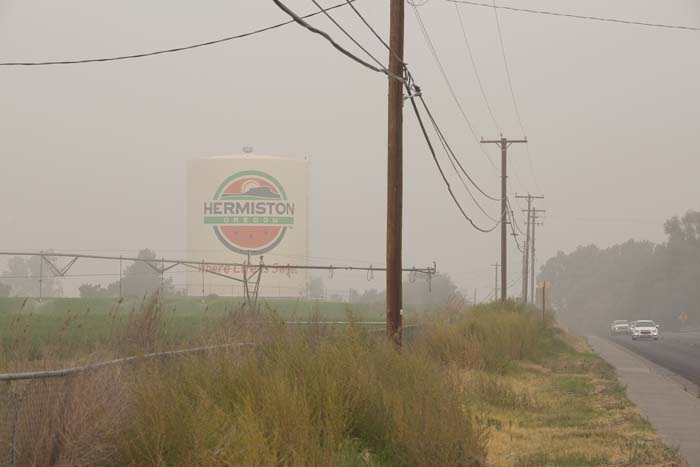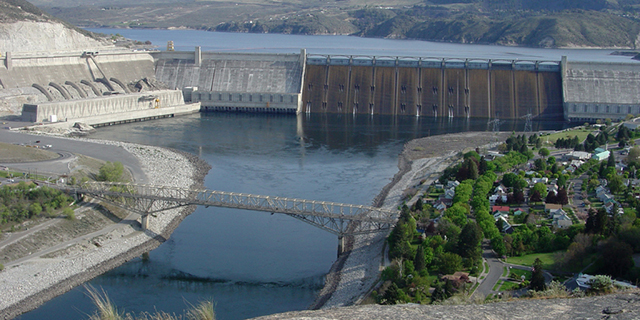Wildfires add to Employment Department workload
Published 2:27 pm Friday, September 18, 2020

- Smoke shrouds the Hermiston water tower along Highway 395 in Hermiston on Tuesday, Sept. 15, 2020. The fires generating the smoke have also generated new unemployment claims for an already overburdened system.
Oregon’s widespread wildfires will add to the already heavy workloads of the state Employment Department.
But even as some employees cope with the after-effects of the fires and evacuations — and offices resume operations and are cleared of smoke — the acting director says the agency is taking on more tasks in addition to the workloads generated by the business shutdowns resulting from the coronavirus pandemic.
“On top of our existing economic troubles, the added disasters from the fires are incredibly painful for so many people,” David Gerstenfeld said on Wednesday, Sept. 16. “We are here as a resource and we will continue to be one through this difficult time.”
Gerstenfeld spoke about two specific actions during a weekly conference call with reporters.
“We are going through the claims, we have to identify people we know are from the areas most heavily impacted by the fires, so that we can prioritize the work on their claims,” he said.
Despite a record 566,100 claims for regular unemployment benefits filed statewide in the past six months — about eight times the 71,000 claims filed for a comparable period in 2019 — Gerstenfeld said on Sept. 16 only about 1,100 were pending, most of them filed in the past few days. Those claims are paid from a state trust fund into which employers pay taxes.
The agency is still working through adjudication of more complex claims that self-employed and gig workers have filed for under the CARES Act, which made these workers eligible for unemployment benefits for the first time. About 54,000 people are being paid federal benefits under Pandemic Unemployment Assistance, but others are still awaiting payments.
Gerstenfeld said starting this week, the agency’s computer mainframe system will be able to account for workers earning a maximum of $300 per week before their unemployment benefits are reduced. That change came about in Senate Bill 1701, proposed at the suggestion of Labor Commissioner Val Hoyle and passed by the Oregon Legislature on Aug. 10.
Calculations are retroactive to Sept. 6, the first full week after Gov. Kate Brown signed the bill on Sept. 1.
Gerstenfeld said the original target for implementation was mid-December. He said people receiving benefits do not need to take further action.
He also said he anticipates supplemental benefit payments of $300 per week for six weeks — from July 26 through Sept. 5 — will start at the end of September as previously announced. The federal money comes from FEMA under the Lost Wages Assistance program, which follows up supplemental payments of $600 per week under the CARES Act, but that stopped at the end of July.





